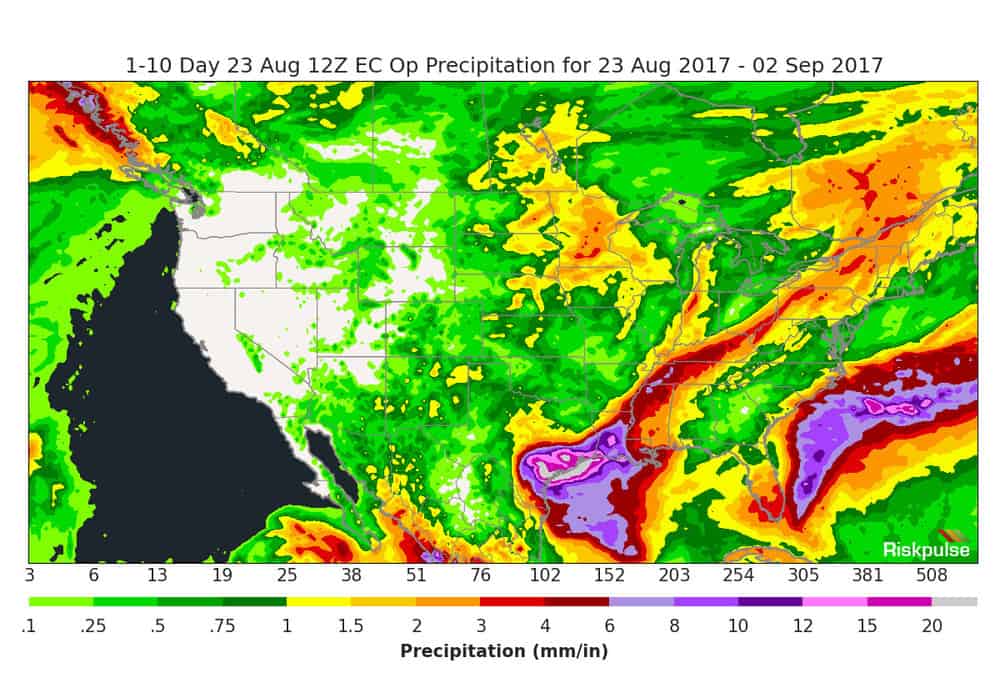
The Federal Motor Carrier Safety Administration has suspended certain commercial regulations in Texas and Louisiana, including hours of service, for drivers providing “direct assistance” for hurricane relief under regulation 49 CFR 390.5. The exemptions, it said, only apply to 49 CFR Parts 390-399, but apply to all states that drivers are traveling through “on their route to the emergency, even though those states may not be involved in the emergency or stated in the declaration of emergency.”
The Friday night landfall of Hurricane Harvey, though, was just the beginning of problems for the region. The Texas Department of Transportation is discouraging travel in areas affected by the storm until conditions subside, it said, adding that significant flooding of roadways could continue for several days. There are officially at least 21 roads closed and at least 40 other roads marked as flooded or otherwise affected but not officially closed on Texas’s DriveTexas.org traffic website.
Harvey officially made landfall about 10 p.m. Central time between Port Aransas and Port O’Connor, TX. At the time, maximum sustained winds were 130 mph, making Harvey a Category 4 storm. It was also first major hurricane (Cat. 3 or higher) to make U.S. landfall in 12 years.
Early reports Friday night indicated structural damage and massive debris in areas where the western and northern eyewall moved onshore, said Riskpulse in its Real Time Analysis Feed for Harvey. As predicted the storm began weakening once it came ashore and as of 9 a.m. local time was down to 80 mph winds.
In Rockport, which located on Aransas Bay, a roof on a senior housing complex collapsed, injuring 10 people, KTRK-TV reported.
At least 200,000 people in the state were without power this morning and that number is expected to rise.










